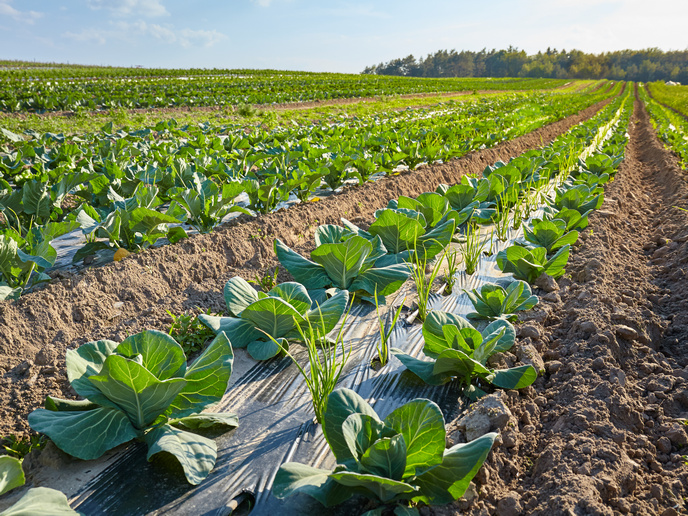Irrigation systems: key insights on size as a universal constraint
According to the European Parliamentary Research Service(opens in new window), irrigated land represents about 20 % of the cultivated land worldwide but 40 % of the food production. At the same time, it consumes about 70 % of global freshwater resources. Therefore, being able to meet the food demands of a growing population without compromising the environment is a global concern(opens in new window). Size – the physical extension, the dimensions – seems to be a master variable conditioning the behaviour of irrigation systems. However, knowledge of how size conditions irrigated systems is fragmented and lacking in formalisation due to overreliance on case studies. Combining allometry, the study of global irrigation datasets, dynamic modelling, and uncertainty and sensitivity analysis, the EU-funded SIZE project, with the support of the Marie Skłodowska-Curie Actions(opens in new window) programme, set out to address this. “The project’s main objective was to discern whether size is a key variable conditioning the sustainability of irrigation systems. Other core goals were to identify which attributes of irrigation systems scale with size and to appraise how a change in size conditions the behaviour of irrigation systems against shocks,” explains project coordinator Arnald Puy.
Understanding size as a universal constraint
One of the key findings of the project was that the size of irrigated areas is the main variable conditioning the volume of water withdrawn for irrigation, i.e. the latter can be estimated as a function of the former, which tends to scale linearly. “If you double the extension of irrigation, you will also tend to double the volume of water withdrawn. This relation seems to hold at different geographical scales – region, country, global level,” notes Puy. What’s more, irrigated areas tend to grow as a function of the population. “With the aim of predicting how large irrigated areas will be in 2050, we observed that current models severely underestimate the potential extension of irrigation because they fail to acknowledge uncertainties in population growth rates,” outlines Puy. The project also found that size does not have any clear effect on the irrigation efficiency of a given irrigation system. Also, the estimations of global irrigation water withdrawals by global hydrological models are unreliable due to their neglect of uncertainties in irrigated areas, crop evapotranspiration processes, precipitation and irrigation efficiency.
Revaluating global models and policies on irrigated areas
The findings will have an impact at varying levels. For one, understanding the size of irrigated areas may help modellers design simpler, lighter irrigation models, thus opening the door to less computationally demanding, more transparent irrigation algorithms to calculate water demands. What’s more, current models do not take into account uncertainties in population growth rates, which suggests that policies based on the future extension of irrigated areas minimise the potential impact of irrigation in freshwater resources or its role in fostering land degradation processes. “These policies should be reassessed in order to contemplate more extreme scenarios,” adds Puy. Project results also question the assumption that larger irrigated areas are intrinsically less water efficient than smaller ones, ingrained in several global irrigation models currently informing the Sustainable Development Goals at the water-food interface. Overall, “the results of SIZE stress the importance of studying the extension of irrigation as a master variable conditioning freshwater consumption and its derived socio-environmental implications,” concludes Puy.







